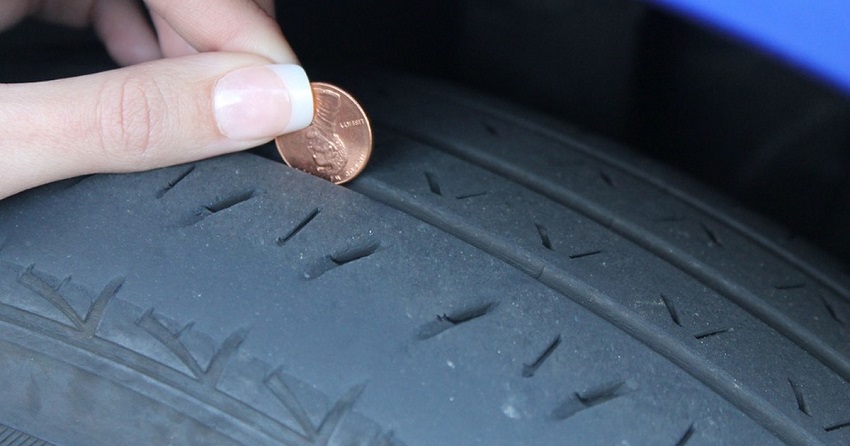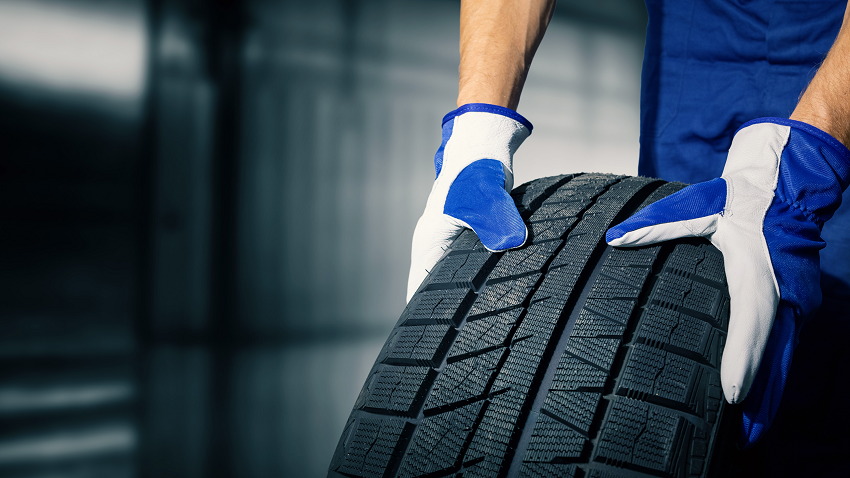Tires play a crucial role in ensuring the safety and performance of your vehicle. However, addressing the issue promptly is essential when your tires show signs of wear and tear. One common type of tire wear is inner tire wear, which can significantly impact your driving experience and even compromise your safety on the road. In this article, we’ll explore what inner tire wear is, its causes, and, most importantly, how to fix inner tire wear.
Understanding Inner Tire Wear
Inner tire wear refers to the uneven wear pattern on the inner edges of your tires. Instead of wearing uniformly across the tread, the inner side of the tire wears out faster, leading to reduced tread depth and compromised performance. Inner tire wear can affect your vehicle’s front and rear tires, and it’s important to address it to maintain optimal traction, handling, and safety.
Causes of Inner Tire Wear
Several factors can contribute to inner tire wear. One primary cause is improper tire alignment. When your vehicle’s wheels are misaligned, it puts excessive pressure on the inner edges of the tires, causing them to wear out quickly. To discover how to tell if someone put a screw in your tire, you may notice a sudden decrease in tire pressure, which could be indicated by a noticeable loss of air or a flat tire. Another common factor is incorrect tire inflation. Insufficient or overinflated tires can lead to uneven weight distribution, resulting in inner tire wear. Additionally, worn-out suspension components, such as ball joints or control arms, can contribute to this issue. It is important to regularly inspect your tires for signs of damage or foreign objects, such as screws, that may have been intentionally inserted.
Signs and Symptoms of Inner Tire Wear
Identifying inner tire wear early on are crucial for timely intervention. Here are some signs and symptoms to watch out for
Uneven Tread Wear
Inner tire wear often leads to uneven tread wear patterns. You may notice that the inner edges of your tires have significantly less tread depth than the rest. This irregular wear can make your tires more prone to punctures and decrease lifespan.
Vibration or Pulling Sensation
It could be a sign of inner tire wear if you feel a noticeable vibration through the steering wheel or experience your vehicle pulling to one side while driving. The uneven tread wear can cause an imbalance in the tire, leading to these sensations.
Noisy Tires
Inner tire wear can also result in increased tire noise. As the tread wears down unevenly, the contact between the tire and the road surface becomes irregular, leading to a noisy driving experience. You may hear a humming or rumbling sound, especially at higher speeds.
Diagnosing Inner Tire Wear
Before attempting to fix inner tire wear, it’s crucial to diagnose the issue accurately. Here are a few methods to determine if your tires are experiencing inner tire wear:
Visual Inspection
Start by visually inspecting your tires. Look for any signs of uneven wear, particularly on the inner edges. If you notice significantly less tread depth on the inner side, inner tire wear is likely occurring.
Tire Rotation and Alignment Check
Rotating your tires regularly can help identify inner tire wear early. By moving the tires to different positions on your vehicle, you can observe if the inner edges continue to wear faster than the rest of the tire. Additionally, getting a professional wheel alignment check is crucial. Proper alignment ensures that the wheels are correctly positioned, reducing the strain on the inner edges of the tires.
Fixing Inner Tire Wear
Once you’ve confirmed the presence of inner tire wear, it’s time to take corrective measures. Here are some effective ways to fix inner tire wear:
Adjusting Tire Pressure
Start by checking and adjusting your tire pressure according to the manufacturer’s recommendations. Proper tire pressure ensures even weight distribution and reduces the strain on the inner edges of the tires. Regularly monitoring and maintaining the correct tire pressure can help prevent inner tire wear.
Tire Rotation and Balancing
Regular tire rotation is essential to promote even tread wear across all tires. By moving the tires from one position to another, you can distribute the wear more evenly, including the inner edges. Additionally, balancing the tires ensures their weight is evenly distributed, minimizing vibrations and reducing the risk of inner tire wear.
Wheel Alignment
If your vehicle’s wheel alignment is off, it’s crucial to get it corrected by a professional. Proper wheel alignment ensures that the wheels are parallel and perpendicular to each other, distributing the weight evenly on all tires. This adjustment reduces the stress on the inner edges and helps prevent inner tire wear.
Suspension Inspection and Repair
Worn-out suspension components can contribute to inner tire wear. It’s essential to have your suspension system inspected by a qualified mechanic. They can identify faulty parts, such as ball joints or control arms, and replace them if necessary. A well-maintained suspension system reduces the risk of uneven tire wear and promotes a smooth and safe driving experience.
Importance of Regular Maintenance
Prevention is always better than cure when it comes to tire wear issues. Regular maintenance plays a crucial role in preventing inner tire wear and ensuring the longevity of your tires. Here are a few maintenance tips to keep in mind:
- Regularly check your tire pressure and adjust it as needed.
- Rotate your tires according to the manufacturer’s recommendations.
- Get your wheels aligned at least once a year or whenever you notice any handling issues.
- Inspect your suspension system regularly and address any worn-out components promptly.
Following these maintenance practices can minimize the risk of inner tire wear and enjoy a safer and more comfortable driving experience.
Conclusion
Inner tire wear can significantly impact the performance and safety of your vehicle. By understanding its causes, recognizing the signs, and taking appropriate measures to fix them, you can ensure your tires last longer and provide optimal traction on the road. Regular maintenance, including tire pressure checks, rotation, wheel alignment, and suspension inspections, is key to preventing inner tire wear. Remember to address any tire wear issues promptly and seek professional help to maintain your tires’ integrity and keep your driving experience smooth and safe.

